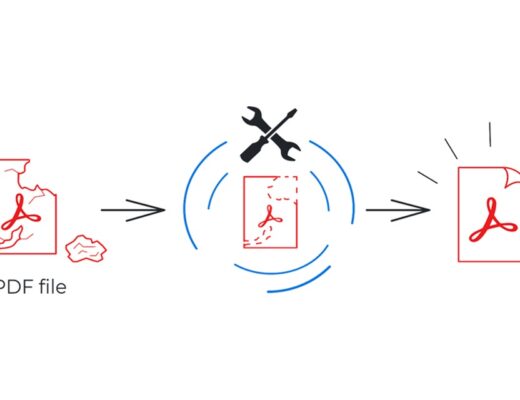Implementing texting software for nonprofit organizations has become crucial in today’s digitally connected world. Communication with donors, members, volunteers, and the community is made smoother and more efficient using these tools. Without proper knowledge and steps, however, the task can seem daunting. In this article, we discuss the why and how of implementing texting software for nonprofits.
Understanding Text Messaging Software For Nonprofits
Text messaging software for nonprofits is a tool that allows these organizations to send mass texts, or SMS, to their contacts. This enables them to deliver important information directly to their audience’s smartphones, regardless of where they are.
Many of these software offer more than just bulk texting. You can track engagement, automate replies, segment contacts, and even schedule texts with such tools.
Selecting the right texting software is crucial, considering factors like cost, features, usability, and service support.
By understanding the software’s capabilities and deriving the maximum benefit from it, nonprofits can gain an edge in communications and stakeholder engagement.
Why Nonprofit Organizations Need Texting Software
Texting software helps nonprofits streamline communications with their community, facilitating immediate and direct engagement. It’s not only quicker than emails but also has a higher open rate.
Nowadays, almost everyone has a mobile phone, making texting an ideal way of communication. The software allows nonprofits to reach out to this vast audience, be it for sending updates, invitations to events, or fundraising campaigns.
Moreover, many software systems also support two-way communication, enabling real-time responses and chat. This feature helps nonprofits enhance interaction and build stronger relationships with their community members.
Overall, texting software can significantly improve the efficiency of nonprofit communication strategies, making their missions more successful.
Steps To Implement Texting Software In Your Nonprofit Organization
Once you’ve decided to implement texting software, the first step is choosing the right service provider. Consider aspects like budget, requirements, scalability, etc., before making a decision.
After the selection, understanding the software’s capabilities is crucial. Training the staff who will use it is an essential part of this process. This ensures the software is used correctly and to its full potential.
The next step is integrating the software into the current systems, such as CRM, email marketing tools, etc. This allows for a smooth and efficient flow of data.
Finally, start off by sending a few test messages to monitor functionality. Once everything is set, you can use the software to engage and communicate effectively with your community.
Overcoming Challenges In Implementing Text Messaging Software For Nonprofits
Implementing new technology may present certain challenges. Possible issues can be resistance from staff members, compatibility problems with existing systems, etc.
To overcome resistance, it is crucial to stress the benefits of the software. Training and supporting the team during the transition phase can also be helpful.
When it comes to technical issues, the assistance of the software provider can be highly beneficial. They can provide guidance for the integration and troubleshooting process.
Remember, facing challenges is not unusual when implementing new systems. However, the benefits this software offers far outweigh any temporary difficulties.
Measuring The Impact Of Texting Software On Nonprofit Communications

Once you’ve implemented the texting software, it’s vital to measure its impact on your organization’s communications. Factors like the speed of message delivery, and response rates, can be considered.
Most text messaging software offers analytics tools that aid in monitoring these variables. If there’s an increase in engagement or improved campaign effectiveness, you know the software is providing value.
Additionally, user feedback can provide insights into the system’s effectiveness. Any improvements suggested by users can be used for further optimization.
Be sure to regularly review the software’s performance to ensure it continues to meet your organization’s needs correctly and efficiently.
Overall, implementing SMS software for nonprofits can streamline communication, increase engagement, and enhance the effectiveness of campaigns. By understanding the software, overcoming the implementation challenges, and measuring the impact, nonprofits can tap into the power of mass communication and make their missions more successful.








No Comments